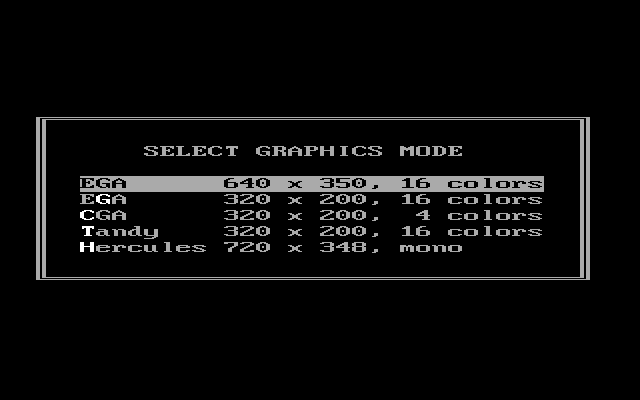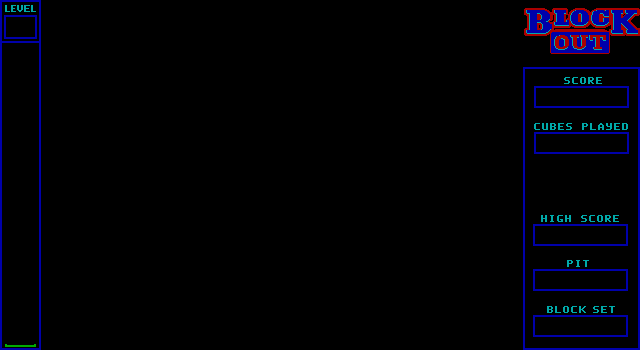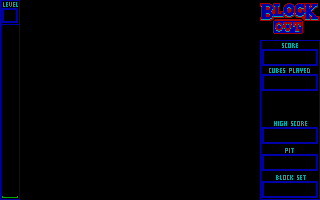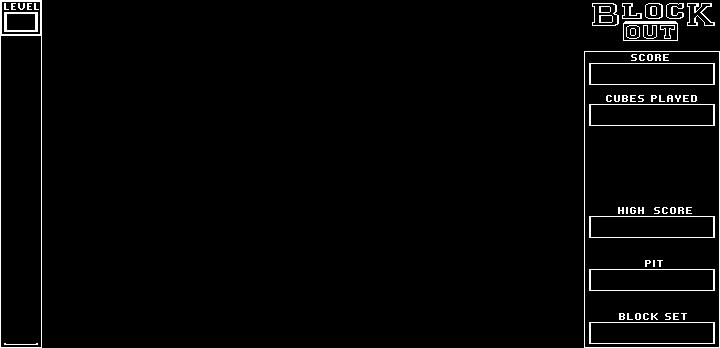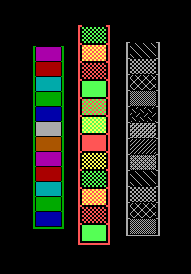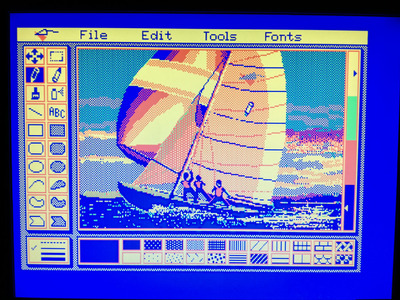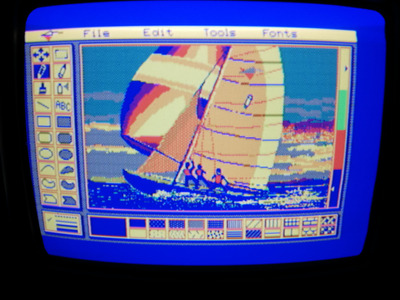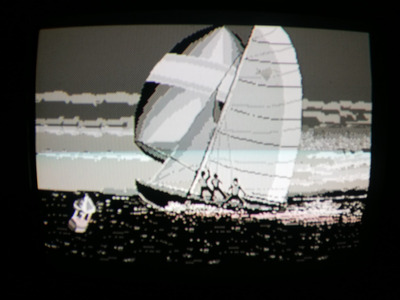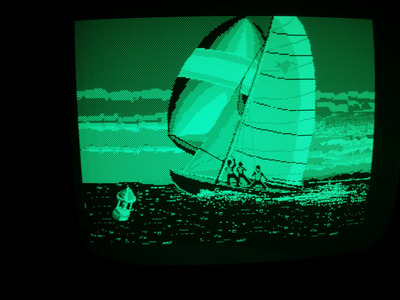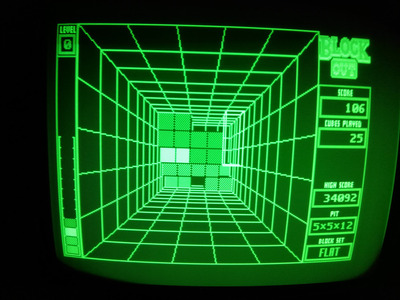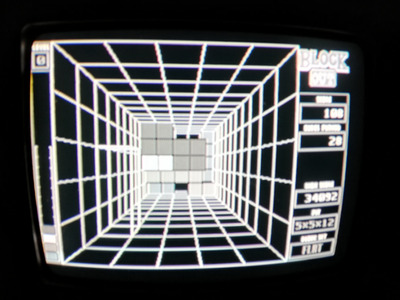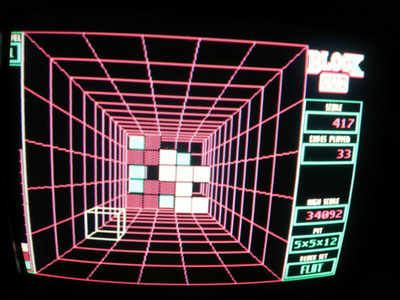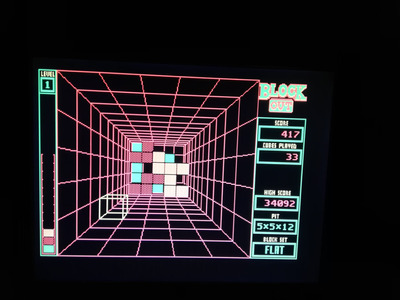OldCat wrote on 2024-01-02, 10:20:
Grzyb wrote on 2023-12-30, 05:16:
well, actually the cheapest Far Eastern clone of Hercules Graphics Card, plus the cheapest Far Eastern monochrome monitor.
I think this was the deciding factor. We got a lot of HGC PCs in the early nineties not because we thought they were the best, but because they were the cheapest (which for us in Poland still meant VERY expensive).
Maybe, but Hercules hardware (card + monitor) was not very complicated to begin with.
So with the IBM tax being removed, there wasn't much to charge money for from a production cost point of view.
The heaviness of the monitor's plastic chassis was the most notable sign for quality, maybe.
Electronically, the MDA/MGA monochrome monitor is essentially the bare CRT and a little TTL driver/amplifier & power supply board.
The rest of the chassis is filled with air.
The underlying technology is more simple than a black/white TV (equals video monitor with an UHF tuner).
Thus making it even cheaper to produce than a composite video monitor (mono or colour).
So drawing the conclusion that Hercules was cheap because of the clone market and low production quality may not tell the full story here.😅
Many affordable XT motherboards were made in Taiwan and other Asian places, yet they still did cost a reasonable amount of money.
Edit: Hercules maybe was common in the XT days, but Hercules does really start to shine on an AT class PC, btw.
Say, an early 80386 PC from the mid-late 80s.
Such a PC could better compensate for the slow and taxing 8-Bit i/o that Hercules uses.
Especially if such a PC's system memory i/o is accessible through a proprietary 32-Bit frontside bus rather than ISA.
Or under control by a chipset (which has a separate ISA bridge).
Which also is true for later 286 PCs (NEAT, Headland HT12, G2 etc).
Such a setup would be fine for AutoCAD or a PCB design software. 🙂
Here's a '92 segment of The Computer Chronicles in which a PC expert installs a Hercules card in a 16 MHz 386 PC. Ca. at 09:00 min. Just to prove I'm not making things up.
https://www.youtube.com/watch?v=J5_doCwi608&t=530
Edit: This may seem ridiculous outdated for the day,
but most business software still supported Hercules just fine. Many games, too.The monitors were still around, too.
SIMCGA and other CGA simulators ran snappy under the wings of a 286/386, as well.
So all in all Hercules still made sense for editoral staff, writers, programmers, database buffs or the aforementioned CAD people.
BBSes and other communication programs were fine with Hercules, too.
The turn was roughly in 1993, I think, when 32-Bit DOS Extender games and multimedia started to take off.
By that point, the 286 processor and the Hercules were slowly being phased out or nolonger being invested in.
That's roughly when CD-ROMs got mainstream, too. And Photo CD, CD-i/Video CD etc. Roughly, I mean. It was different for each country, I suppose. 🤷♂️
Edit: I mean, I bought my last PAL NES game (not SNES) in 1996.. 1996!
In a real department store, new, in original packaging (sealed). In the video game area, next to SNES and N64 games.
Lucking back it seems somewhat surreal, but it's true. 🤷♂️
"Time, it seems, doesn't flow. For some it's fast, for some it's slow.
In what to one race is no time at all, another race can rise and fall..." - The Minstrel
//My video channel//
